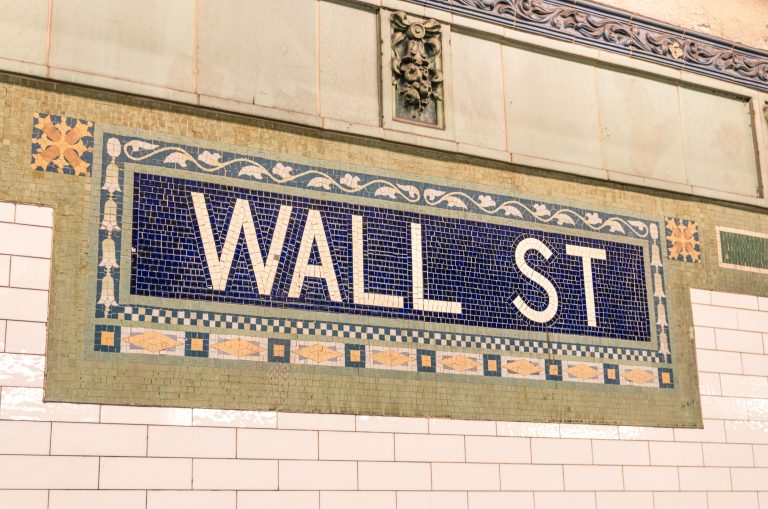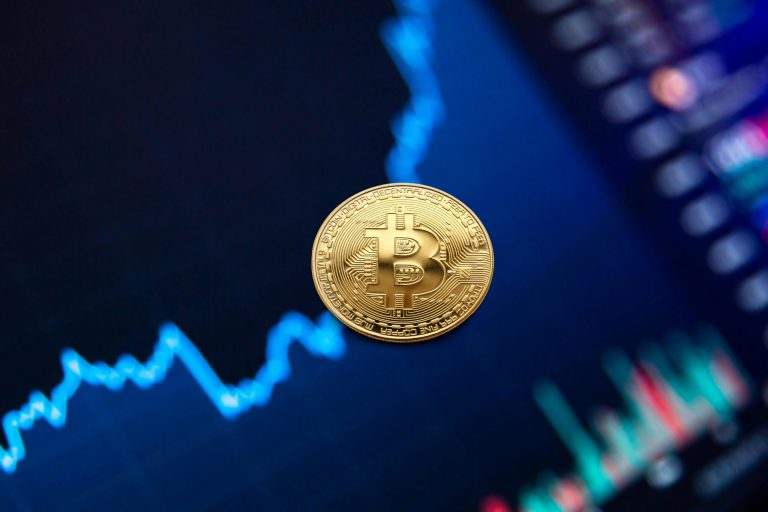Gunmen killed up to 26 people in one of the deadliest attacks on civilians in India’s northern Jammu and Kashmir region in years.
The assault prompted Prime Minister Narendra Modi to cut short his trip to Saudi Arabia.
Local officials confirmed at least 16 deaths, although several media reports suggest that the toll could be as high as 25 to 26, with several others injured.
The victims were primarily targeted near the popular tourist destination of Pahalgam, located about 90 kilometers (56 miles) east of Srinagar.
Among the dead were two foreigners. The gunmen fired indiscriminately at tourists, and no group has claimed responsibility for the attack so far.
Narendra Modi cuts short trip to Saudi Arabia
Prime Minister Modi, who had been in Saudi Arabia for a two-day visit, will return to India on Tuesday night, the Ministry of External Affairs announced.
I strongly condemn the terror attack in Pahalgam, Jammu and Kashmir. Condolences to those who have lost their loved ones. I pray that the injured recover at the earliest. All possible assistance is being provided to those affected.
Those behind this heinous act will be brought
He had earlier met with Crown Prince Mohammed bin Salman during the trip.
Modi condemned the attack, vowing that the perpetrators “will be brought to justice.”
The attack coincided with US Vice President JD Vance’s visit to India. Vance, who had met Modi in New Delhi on Monday and was in Jaipur on Tuesday, described the incident as “horrific” in a post on X.
US President Donald Trump extended the nation’s “full support and deepest sympathies” to India, pledging to speak with Modi on the phone to offer his condolences.
Security response
While the region of Jammu and Kashmir has seen several unfortunate tragedies in the past, this incident is notable for its targeting of tourists, an act that is rare in the region.
Chief Minister Omar Abdullah described the attack as “much larger than anything we’ve seen directed at civilians in recent years.”
In response, Home Minister Amit Shah is heading to Srinagar on Tuesday night for a security review with local agencies.
The state government and police have also set up a helpline to assist tourists and those affected.
The region remains heavily fortified, with hundreds of thousands of troops deployed.
The post Indian PM Narendra Modi cuts Saudi trip short after deadly Kashmir attack appeared first on Invezz










